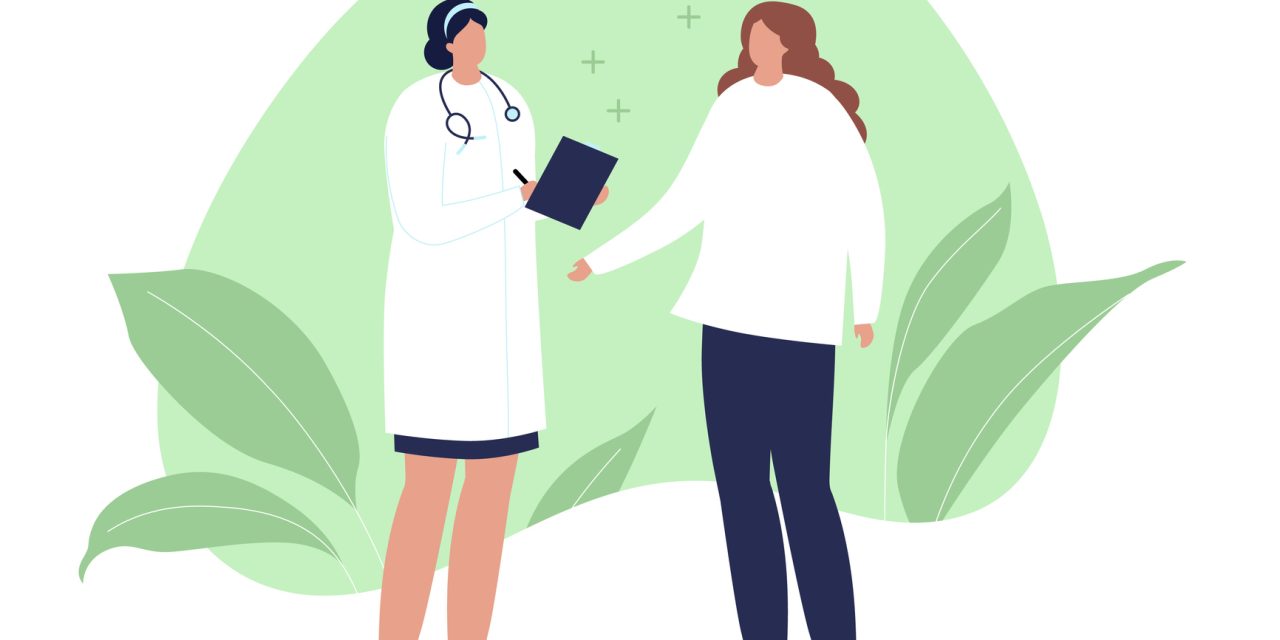By Lisa Rapaport
(Reuters Health) – Most sleep-related suffocation deaths among babies less than one year old happen because infants’ airways got blocked by things like pillows, blankets, couch cushions or adult mattresses, a U.S. study suggests.
Unintentional suffocation is the leading cause of injury and death among infants under age one in the U.S., researchers note in Pediatrics. For the study, researchers examined national registry data 1,812 cases of sudden unexpected infant death (SUID) between 2011 and 2014.
Overall, 250 cases, or 14 percent, involved suffocation. About 69 percent of these suffocation cases were caused by soft bedding like pillows and blankets or by infants sleeping on adult mattresses or couch cushions, which are may not be as firm as crib mattresses.
“Among soft bedding deaths, more than half of infants five to 11 months old had their airways obstructed by blankets compared with less than one-third of younger infants,” said lead study author Alexa Erck Lambert of the U.S. Centers for Disease Control and Prevention in Chamberlee, Georgia.
Often, the older infants in the study who were suffocated by blankets got tangled up in them, Lambert said by email.
“It is likely that these older, more developed infants were mobile enough to become entangled in blankets but were not yet coordinated enough to free themselves,” Lambert noted.
For babies up to four months old, pillows caused suffocation almost twice as often as for older infants in the study.
“Younger infants may have lacked the mobility and neck strength necessary to lift their heads to prevent an airway obstruction, especially when placed prone or on their side on a pillow,” Lambert said.
Almost one in five suffocation deaths in the study happened when sleeping babies got smothered by another person, which might occur when parents sleep with infants on a sofa or in an adult bed. And 12 percent of these cases were due to “wedging,” when babies get trapped between two objects, such as a mattress and a wall.
“Younger infants are less likely to get themselves into a wedged position because they are less mobile and cannot roll over on their own,” Lambert said.
“Infants who were suffocated by overlay were youngest and had a higher proportion born preterm than infants who were suffocated by soft bedding or wedging,” Lambert added.
To prevent SUID, doctors advise parents to put babies to sleep on their backs without blankets or other soft bedding or toys that could pose a suffocation risk. Ideally, babies should be in their own crib or bassinet in a caregiver’s room.
Co-sleeping, with babies in a bassinet next to the mother’s side of the bed, can help reduce the risk of SUID, said Dr. Lori Feldman-Winter of the Cooper Medical School of Rowan University in Camden, New Jersey.
“This not only decreases the risk of SUID, it also facilitates breastfeeding,” Feldman-Winter, who wasn’t involved in the study, said by email.
But co-sleeping isn’t safe when it involves babies sharing an adult bed.
“It is bed-sharing that we don’t recommend because of the evidence that it may lead to suffocation from mechanisms such as overlay,” Feldman-Winter cautioned. “If a baby is brought into bed, for example to breastfeed, then there should be no soft bedding, and the mattress should be firm, and away from the wall- to prevent entrapment.”
One limitation of the study is that it relied on data from death certificates, which lack specifics about the sleep environment and can be inconsistent in how they classify suffocation deaths, the study authors note.
Even so, the results offer fresh evidence of the risks babies face at different ages, said Dr. Michael Goodstein, director of newborn services at York Hospital WellSpan Health in Pennsylvania.
“We have known for a long time that babies need to be in a safe sleep environment, which means no pillows, soft bedding, blankets, bumper pads, head coverings – all things that are associated with an increased risk of SIDS and suffocation deaths,” Goodstein, who wasn’t involved in the study, said by email. “And the most dangerous place for a baby to sleep is on a couch – risks increase up to 70-fold!”
SOURCE: http://bit.ly/2vhtr6Q Pediatrics, online April 22, 2019.


